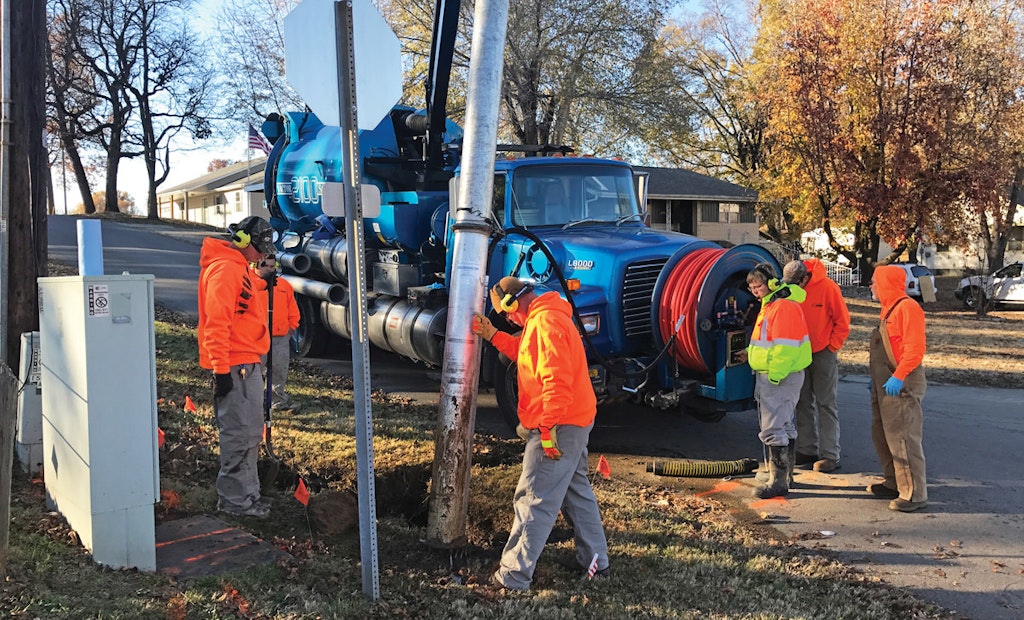
The Soil Surgeon tool makes excavating utilities easier and safer because you can easily control the speed and power of the bore.
Like so many inventions, the Soil Surgeon was created out of the need to do a job more efficiently. In this case, the job was locating and exposing pipelines — but Belinda Bain wanted to do it more easily, quickly and safely.
Bain started her first company, California Hazardous...






